
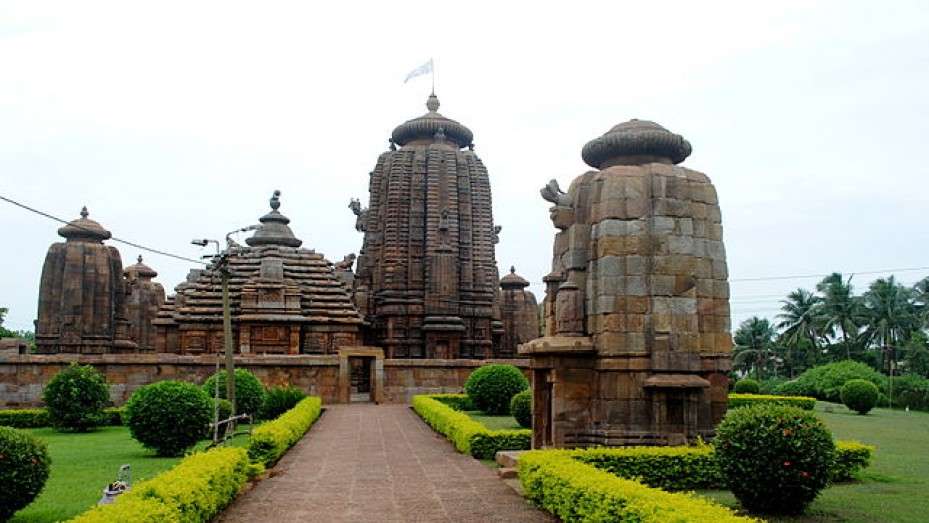
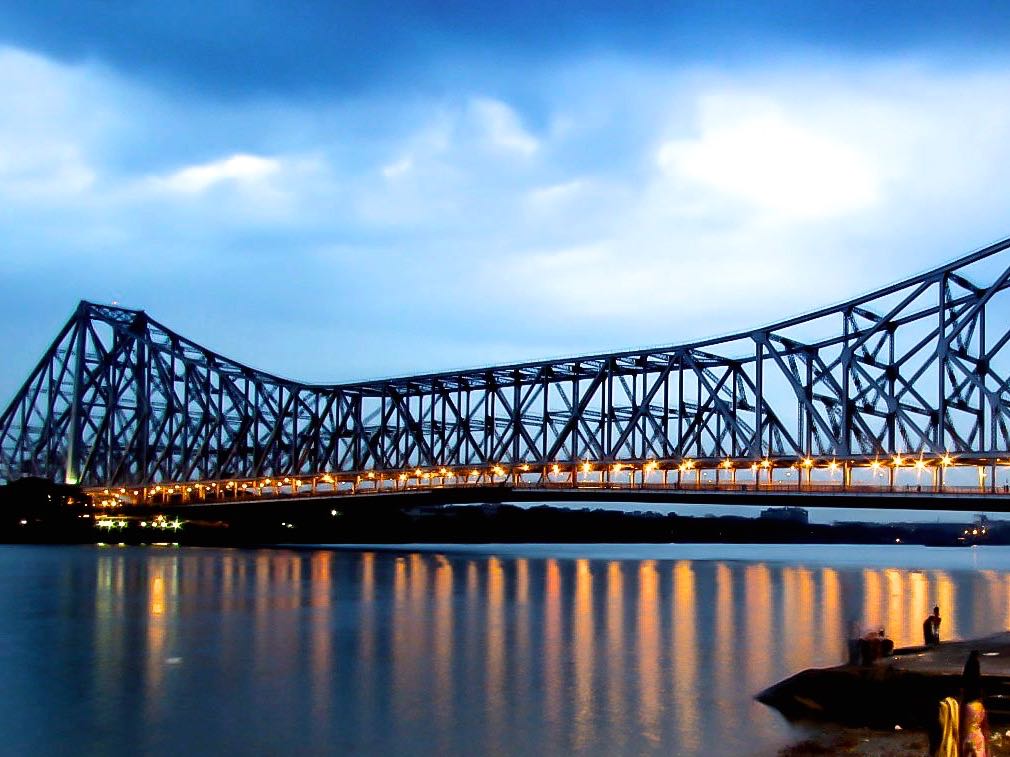
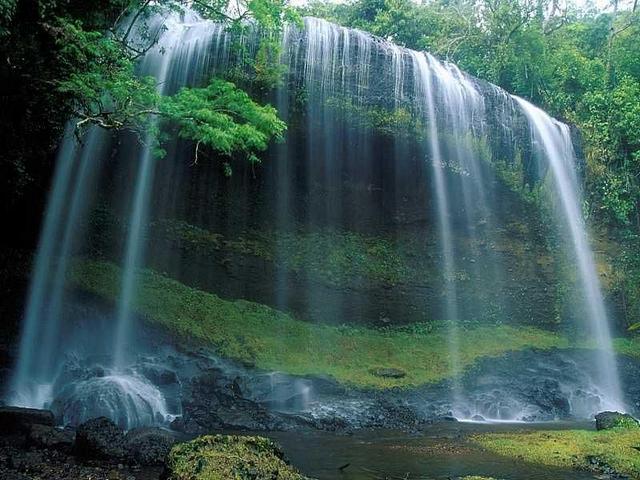
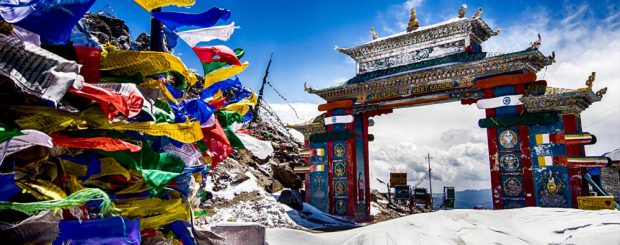
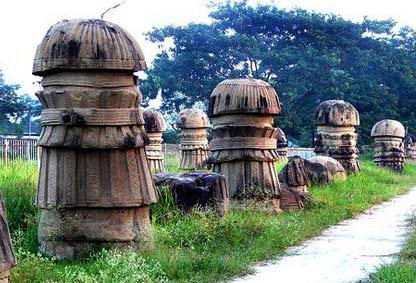

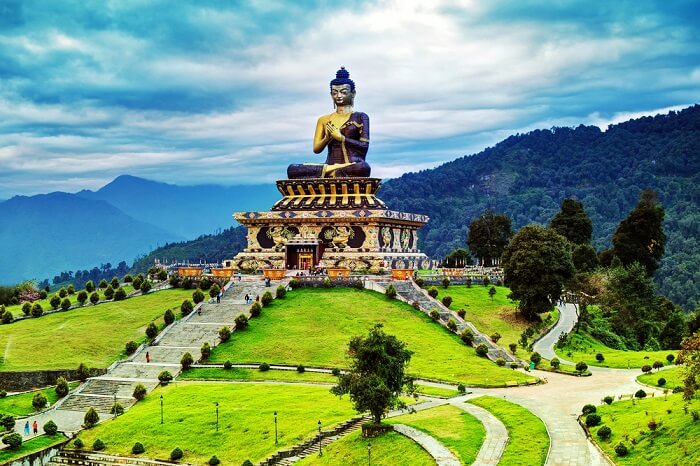
Location: To the east of Son and Kosi rivers
Major Cities: Patna, Kolkata, Aizwal, Shillong
Famous For: Tribal Culture, One-horned Rhino, Puri Rath Yatra, Tea Gardens
Holiday Destinations: Sundarbans, Sarnath, Darjeeling, Kazirnaga
The eastern plains of India drenched by the shimmering waters of holy Ganga and ebullient Brahmaputra, cordially offer to the visitors a different world within India itself. You can see the beautiful and unexplored destinations of Eastern India, showcasing the culture and attractions in this unique part of India. Enriched with green hills, tea estates, wildlife sanctuaries, views of the towering Himalayas, temples, buddhist sites, East India has many fascinating tourist destinations, which are relatively unexplored. Here, you can see the sun rise over the Bay of Bengal, travel to the Kaziranga wild life sanctuary in Assam and see the one-horned Rhinoceros, tour the amazing Konark temple in Orissa and see the magnificent view of Mt Kanchenjunga from Darjeeling, on your East India Tour.
There are a few states in the north east part of India, which are untouched by time and history. The dense forests of North East have in abundance rhinos, orchids and birds and butterflies. There still prevails the tribal life that is unknown and unconcerned about modern upheavals. This region is popularly know as the seven sister’s state i.e Assam, Arunachal Pradesh, Nagaland, Manipur, Mizoram, Tripura and Meghalaya and is aptly dubbed as the hidden treasures of India.
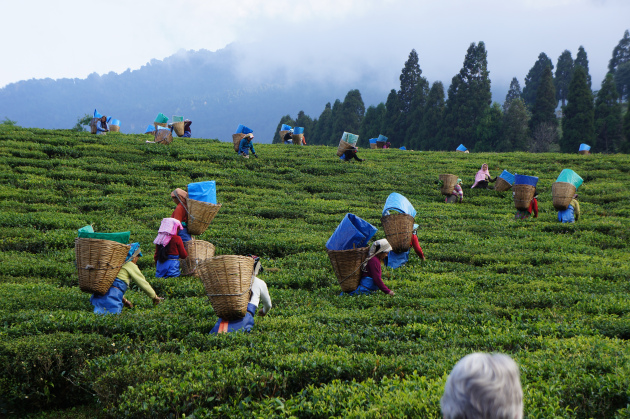 |
AssamThe largest of the states in the northeast of India is Assam whose capital, Guwahati, has an inspired location on the banks of the River Brahmaputra. Amidst Assam’s verdant lushness are two important game sanctuaries, Manas and Kaziranga, both best known for their population of one horned Indian rhinoceros. |
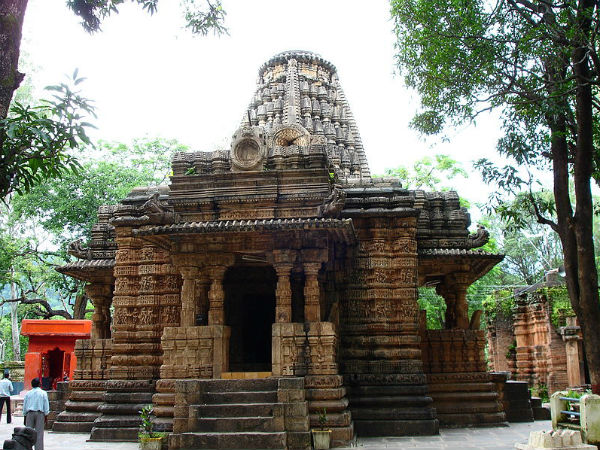 |
ChhattisgarhChhattisgarh has a rich beauty of caves, parks forests. The state also has many waterfalls. A land of opportunities famous for the minerals resources one can find here. The tribal-dominated state, Chhattisgarh is an exquisitely scenic, covered with dense forest and crisscrossed by two mighty rivers, Indravati and Mahanadi. |
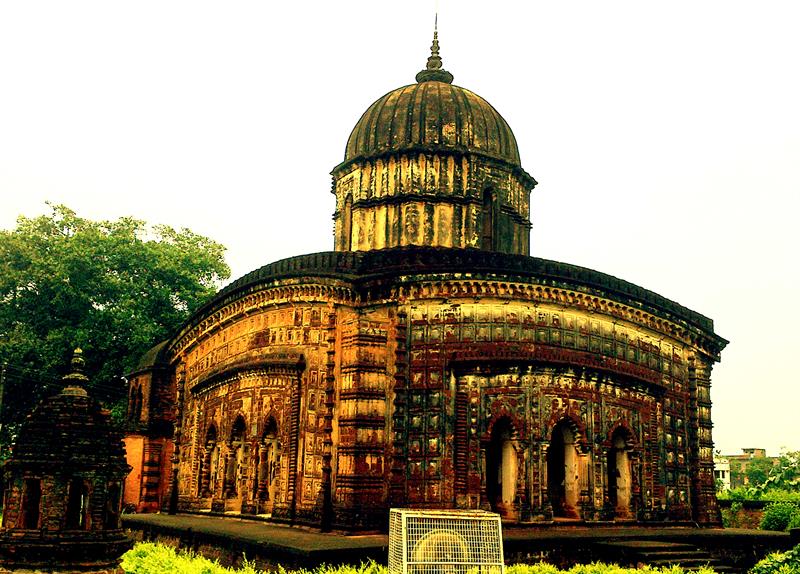 |
ManipurThe green state of Manipur, and Imphal its capital, has all the fine, merged, tints of a water colour. Faiths and traditions and life styles seem to flow into each other with a softedged grace so that it is impossible to know where one ends and the other begins. The Manipur valley is watered by rivers threading out of the dark, mist-topped, ranges. Bright green fields stretch all the way to the distant mountains. |
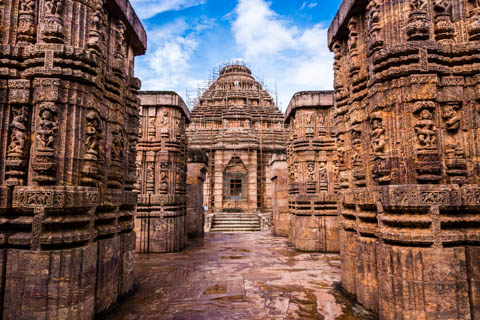 |
Orissa It is to the Kharavela period that Orissa owes its Jain art and architectural tradition. The sophisticated architectural style of the Jain Monastic caves at Udaygiri and Khandagiri are a story unto themselves. To understand all that a Hindu temple stands for one must realize that temples in India are not merely abodes of deities but a shradhanjali (offering) to the most sacred. Here a ’darshan’ is a communion between man and his creator. |
 |
SikkimTucked away in the foothills of the Himalayas, Sikkim is a Himalayan wonderland with its lovely views and exotic orchids, and its forest-trails. A virtual Shangrila overlooked by Mt. Kanchenjunga, the world’s third highest peak, Sikkim is attractive equally for the sightseer, the adventure sports enthusiast and those interested in Buddhism and Tibetology. Buddhism is the predominant religion here. |
 |
TripuraThis ancient land of mysterious past represents a composite culture with several ethnic groups residing in the state. Though the cultural heritage of one community differs from the other, the manifested efforts have mingled them into a single whole, giving birth to a unique cultural genre. Tripura can be termed as a 'laboratory' of exotic cultural synthesis. Tripura, quite off the beaten track, is a storehouse of tribal crafts and culture as well as music and dancing. |
 |
West BengalWest Bengal’s climate is transitional between tropical wet-dry in the southern portions and humid subtropical in the north. Forests occupy more than one-tenth of the total land area of the state, and the region as a whole has a rich and varied plant life. In the sub-Himalayan plains the principal forest trees include sal (Shorea robusta) and shisham, or Indian rosewood (Dalbergia sissoo); the forests are interspersed with reeds and tall grasses. |














